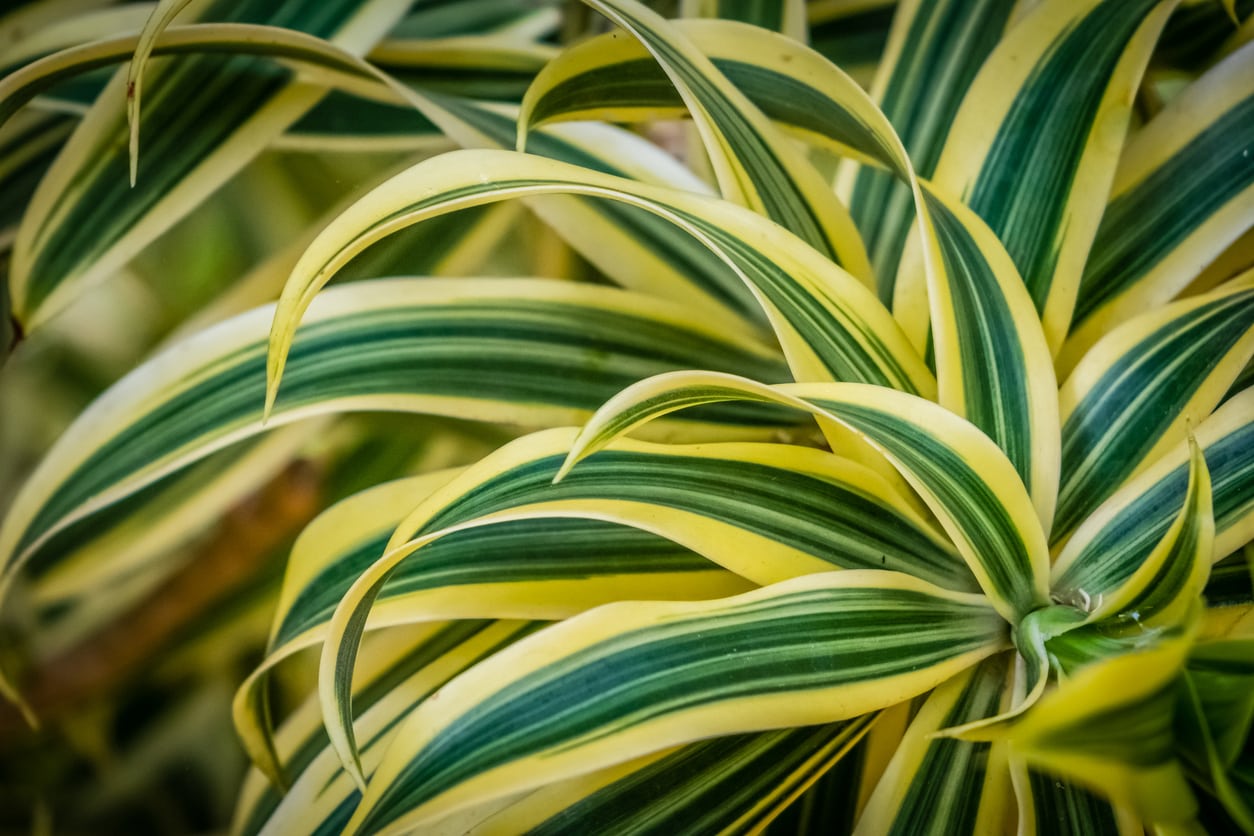Dracaena Fragrans Info: Learn How To Grow A Corn Plant


What is a corn plant? Also known as mass cane, dracaena corn plant (Dracaena fragrans) is a well-known indoor plant, especially popular for its beauty and easy growing habit. Dracaena corn plant, which grows happily in a variety of conditions with very little attention, is a favorite of novice gardeners. Let’s learn how to grow a corn plant.
Dracaena Fragrans Info
Dracaena is a large genus with at least 110 species of shrubby plants and trees, including Dracaena fragrans, a slow-growing plant with glossy green, lance-shaped leaves. The leaves may be solid green or variegated, depending on the variety. The size of the plant also varies, ranging from mature heights of 15 to 50 feet (4.5 to 15 m.), with leaves measuring 7 to 59 inches (18 cm. to 1.5 m.). Native to tropical Africa, dracaena corn plant won’t survive frosty weather, although it is suitable for growing outdoors in the warm climates of USDA plant hardiness zones 10 through 12. Dracaena corn plant has also been recognized by NASA’s Clean Air Study as a plant that aids in removal of indoor pollutants, including xylene, toluene, and formaldehyde.
How to Grow a Corn Plant
These tips on basic corn plant care will help get you started in successfully growing a dracaena corn plant. Dracaena corn plant prefers temperatures between 65 and 70 F. (16-24 C.). Corn plant tolerates full to low light, but performs best in light shade or indirect or filtered sunlight. Too much light will scorch the leaves. Water as needed to keep the potting soil evenly moist, as excessively dry soil causes the leaf tips to turn brown and dry. However, beware of overwatering. Slightly dry is better than soggy. Decrease watering during the winter, but never allow the soil to become bone dry. Water your corn plant with non-fluoridated water. Letting the water sit out overnight before watering allows much of the chemicals to evaporate. Fertilize Dracaena corn plant monthly during spring and summer using an all-purpose liquid fertilizer for indoor plants. Don’t fertilize the plant in fall and winter.
Sign up for the Gardening Know How newsletter today and receive a free copy of our e-book "How to Grow Delicious Tomatoes".

A Credentialed Garden Writer, Mary H. Dyer was with Gardening Know How in the very beginning, publishing articles as early as 2007.